Tapering
Refers to the process of a central bank scaling back the economic stimulus by winding down asset purchases.
Tapering refers to the process of a central bank, like the US Federal Reserve (Fed), scaling back the economic stimulus by winding down asset purchases. It is the opposite of quantitative easing (QE) policies initiated by a central bank to stimulate the economy.

There are many tools central banks can use to manage economic fluctuations, and QE is one of them. QE occurs when the central bank buys asset-backed securities from its member banks and injects money into the economy.
The most recent QE in the US happened when the coronavirus 2019 (COVID-19) pandemic detrimentally impacted the American and global economy, triggering a recession in most countries in February 2020. We will touch on this more in the section below.
When central banks have pumped enough money into the economy and believe it has recovered fully, they will turn to taper and work on reducing their asset purchases, which may include changing the discount rate or reserve requirements.
It is worth noting that this does not refer to central banks selling the assets purchased. Instead, it only pertains to when a central bank winds down its asset purchases when the economy is recovered and that stimulus is not needed.
A Deeper Dive into the Fed Taper
Before going into how it works, let us look closely at QE since the two are closely connected.
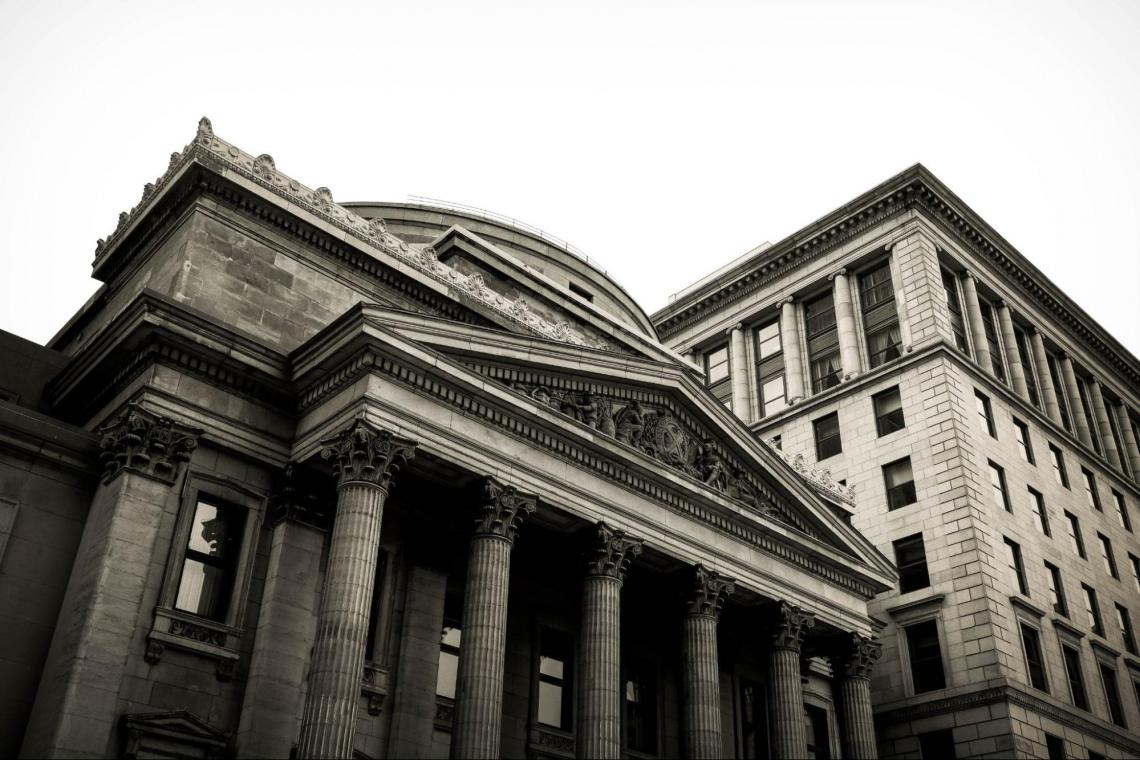
QE, a type of non-traditional monetary policy, is used by central banks to inject liquidity into the market. It typically entails purchasing assets on a large scale to stabilize the economy.
QE is usually implemented when interest rates are near zero, and the central bank cannot increase liquidity by lowering interest rates.
In the US, the Fed turns to QE when interest rates are at their lowest (near zero), but the economy still needs a boost. As a result, the Fed has implemented QE since the Global Financial Crisis in 2008, 2010, 2012, and 2020, respectively.
(Note that the three QEs in 2008, 2010, and 2012 are sometimes seen as one QE but implemented separately.)
To implement QE, the Fed would buy long-term financial securities from the open market, increasing the money supply and lowering the cost of borrowing, thereby stimulating growth.
When the Fed successfully stimulates the economy, it would gradually reduce its asset purchases, tapering. It affects not only the bond markets but also stock markets worldwide. More on the impact of tapers is below.
Let us think of a scenario where a car tries to slow down on the highway (not to come to a complete stop); the driver would not hit the brake at once. Instead, they would release the gas slowly to reduce the speed.
It is exactly this gradual release of the gas. It is usually rolled out slowly by the Fed over time to ensure the markets are not shocked or the economy is not damaged.
Let us briefly examine how the two recent QEs and their reversals happened. Then, in the next section, we will discuss the impact of the two tapers.
QE & the Reversal of It in 2008
Let us take a look at the Fed's QE policy from 2008. The Great Recession in 2008 was different from other financial crises in the past, as it was a subprime mortgage crisis caused by the housing bubble.
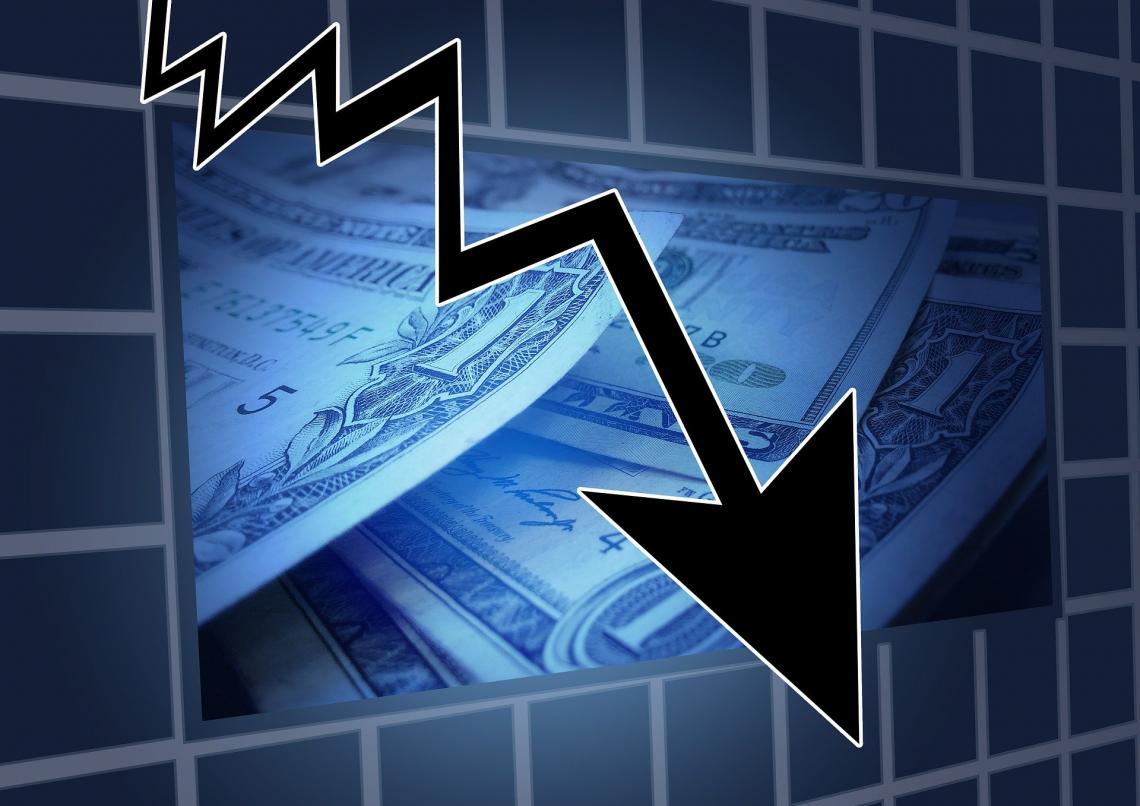
Hence, the problem didn’t come from the real economy. Instead, it arose within the financial system. All the banks in America at the time held huge volumes of non-performing assets and were on the verge of bankruptcy.
Therefore, almost all the banks were reluctant to lend out more money, which led to a systemic crisis. Banks were unwilling to lend, no matter how low the Fed reduced interest rates. That was when QE policies were adopted.
From 2008 to 2014, the Fed executed the QE policies, bought government bonds and mortgage-backed securities of trillion dollars, and expanded its balance sheet.
On May 22, 2013, Ben Bernanke, Fed Chairman, brought up the Fed’s intent to wrap up the QE program in testimony before Congress. Then he mentioned it again in June 2013 but presented no clear timeline.
In December 2013, the Fed started to reduce its pace of asset purchases by $10 billion per month, terminating the last round of purchases in October 2014.
QE & the Reversal of It in 2020
The COVID-19 global pandemic devastated the US economy and severely disrupted the financial markets. As a result, the second quarter of 2020 saw an 8.9% fall in the US GDP, making it the largest single-quarter contraction in more than 70 years.
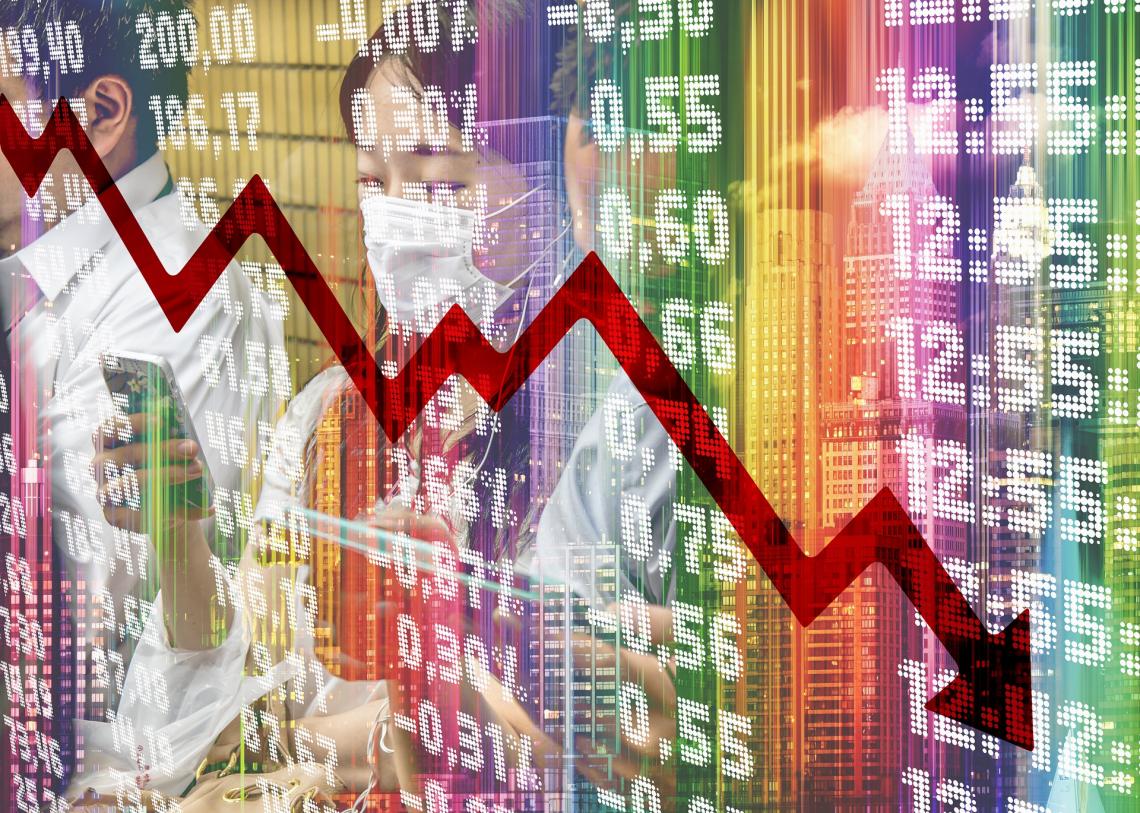
In December 2021, the Fed started cutting its asset purchases reducing its balance sheet. Over the next eight months, we saw a monthly reduction of $10 billion fewer Treasury purchases and $5 billion less mortgage-backed security purchases by the Fed.
In July 2022, the central bank concluded the taper as it realigned its monetary policy to deal with four-decade-high inflation.
How Does it Impact Markets?
Because the Fed funds rate was already low in early 2020 and the Fed further lowered interest rates twice in March 2020, stimulating the economy by cutting rates was not very much an option. As a result, the Fed turned to QE again.
The Fed started the latest QE round at its March 15 meeting in 2020 and pledged to buy $80 billion in agency bonds and $40 billion in mortgage-backed securities monthly. However, it didn't disclose the total purchase amount nor a timeline for the policy execution.
From March 2020 to May 2022, the Fed's balance sheet swelled from $4.3 trillion to $8.9 trillion.
In August 2021, Fed Chair Jerome Powell gave a speech in which he mentioned the Fed's intent to slow down the pace of asset purchases within the year as the central bank is getting more confident with the economy.
Tapering signals both the end of the expansionary monetary policies of the central banks and the ensuing monetary tightening. It is the transitional period between the two economic policies.
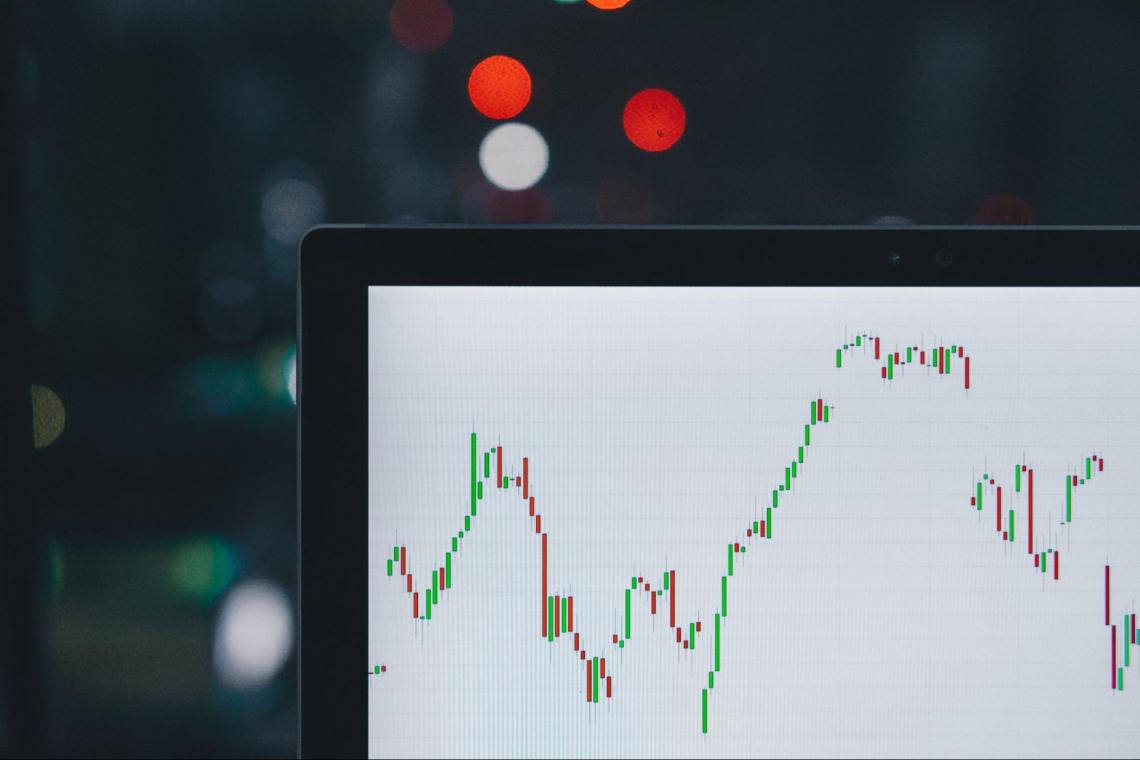
Below are some potential impacts of the Fed’s taper:
1. Interest Rates May Rise
The Fed steps back as a Treasury and mortgage-backed security buyer when it winds asset purchases through tapering, shrinking the total number of buyers for these securities.
As a result, yields for these securities may rise, leading to loan interest rates increases.
2. Stock Growth May Slow Down
Lower stock valuations could result from interest rate hikes, which happens for a mixture of reasons:

- Risk-free rate increases may lead to a drop in stock valuation, negatively affecting growth stocks whose value is derived from the discounted cash flow model.
- If bond yields rise, investors may move their assets away from the riskier stock market and invest more in bonds.
- Interest rate hikes can cost businesses and consumers more money to take out loans.
This means it is less desirable to engage in expansionary activities for businesses. In addition, aggregate consumption may drop for the entire economy as the cost of debt takes up more of the consumer's budget.
3. Potential Ease of Inflation
QE can contribute to higher inflation than desired if the supply of money in the economy increases too much. On the other hand, reducing asset purchases decelerates the influx of liquidity into the market, which could theoretically bring about reduced inflation.
Let us briefly examine how the economy and markets reacted to the two tapers in 2013 and 2021, respectively.
2013 Tapering
Former Fed Chair Ben Bernanke disclosed the Fed’s intent to slow down asset purchases on May 22, 2013, without any prewarn. Markets reacted swiftly in the immediate aftermath.

In debt markets, bond prices dipped, and yields rose as investors started to sell their bonds. As a result, the 10-year Treasury yield went up from 1.94% on May 21 to 3% by December 2013.
In the weeks after Bernanke's Congressional testimony, the US stock markets experienced some volatility, with the VIX index, also known as the “fear gauge,” soaring in June 2013.
In stock markets, sell-offs happened in major stock indexes like the S&P 500 and Dow Jones. But by the end of that year, the losses had recovered, with the S&P 500 up 9.92%, the Dow up 9.56%, and the NASDAQ up 10.74% in the fourth quarter of 2013.
As yields in the US rose, emerging markets felt the hit in finding financing because investors poured their money into US debt markets.
In addition, the US dollar appreciated significantly as the monetary policy was tightened, and emerging market currencies depreciated against the US dollar.
As a result, US goods and services became expensive, which weighed on emerging markets because they had already accrued dollar-denominated foreign debt to cover their trade deficits. This led to stock market turmoil and tighter monetary policies in many emerging countries.
2021 Tapering
Compared to the 2013 taper tantrum, the markets reacted relatively mutedly to the Fed’s tapering announcement in 2021.

This is primarily because the Fed had signaled the markets months before the reversal of QE. In addition, it has recently become more transparent regarding its policy moves, especially after learning its lessons from 2013.
The Federal Open Market Committee (FOMC) started discussing tapering in July 2021, which lasted through summer and fall. However, it wasn’t until November 3, 2021, that Fed Chair Jerome Powell announced the final policy plan.
On that day, the major US stock indexes closed with small gains. The S&P 500 went up by 0.61%, while the Nasdaq was up by 1.06% and the day by 0.27%.
In the bond markets, the 10-year US Treasury Note price dipped 0.16%, while the yield hovered around 1.6%, remaining steady.
Below are some key points summarized from the above article:
- Tapering occurs when a central bank withdraws from a monetary expansion by slowing the pace of its asset purchases as the overall economy is stimulated enough by quantitative easing (QE) measures.
- It doesn't mean selling the securities that a central bank purchased during QE. It is only the slowing down of QE.
- It is not only an indicator of tighter monetary policy, but it also can be a sign of potentially higher interest rates in the future.
- It affects both US debt and stock markets and emerging markets.
- Sometimes, the timing and pace of how a taper is rolled out can negatively impact the US and global financial markets. When this happens, it is referred to as a taper tantrum.
- The Fed's 2013 taper caused a tantrum that fluctuated the US and global financial markets and triggered a hike in US Treasury yields.
- The latest taper round started in December 2021 and ended in July 2022.
- The markets reacted relatively mutedly to the Fed's taper in 2021. This is primarily because the Fed had signaled the markets months in advance and has become more transparent regarding its policy moves in recent years.
FAQs
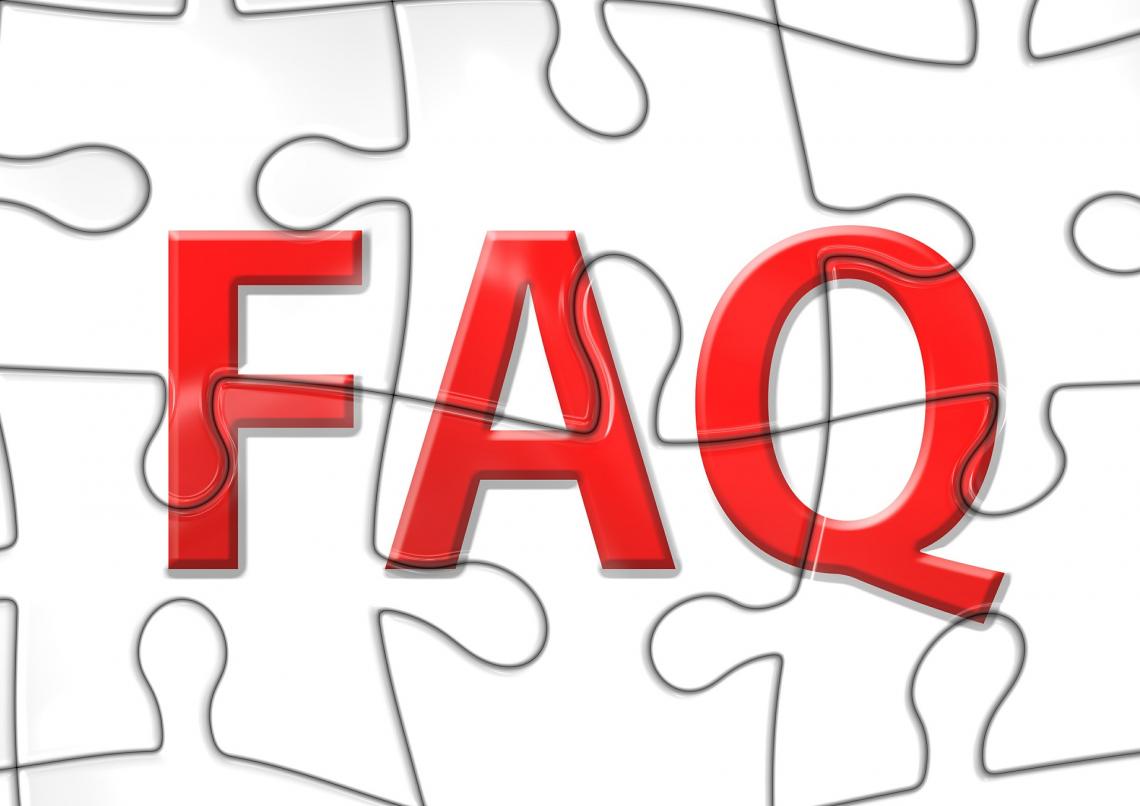
When the Fed slows its asset purchases, the number of bonds available on the market increases, which brings down bond prices, making bonds more attractive than stocks. This may cause a sell-off in the stock market.
Much of the market reaction to the Fed’s policy happens before the policy is enacted. By the time the actual policy is rolled out, the expectation of the policy is pretty much digested by the markets.
However, if the taper is more than expected, then there will be further fluctuation in the markets. In addition, a slowdown in the economy and interest rate hikes may happen.
The answer is no. They are not the same. Tight monetary policy, or contractionary policy, refers to a course of action a central bank utilizes to restrain an overheated economy and reduce high inflation.
A central bank can carry out tightening by lifting short-term interest rates by changing the federal funds rate or removing excess liquidity from the market by selling assets it holds.
Tapering, on the other hand, only refers to the transition period between loose and tight monetary policy.




or Want to Sign up with your social account?